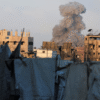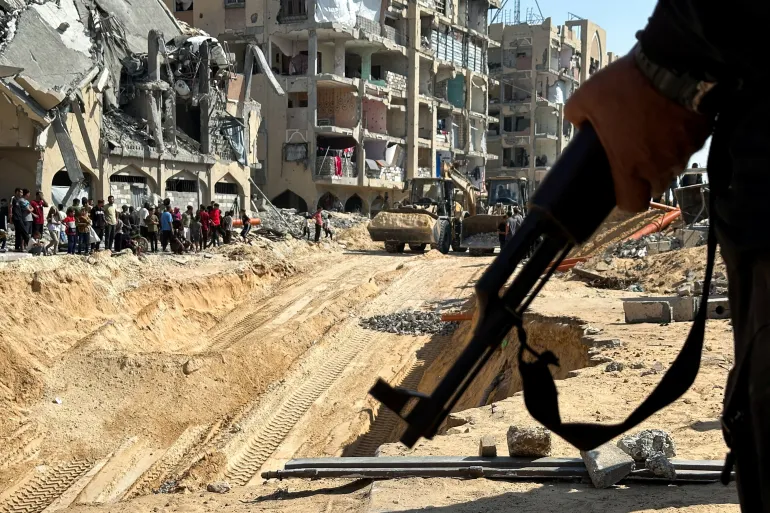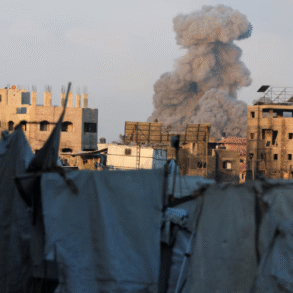The United States has issued a warning based on “credible reports” that Hamas is planning an imminent attack on Palestinian civilians in Gaza, an action that would violate the current ceasefire agreement. The U.S. State Department stated that such an attack would be a “direct and grave” breach of the ceasefire, undermining the progress made through mediation efforts involving Egypt, Qatar, and Turkey. While no specific details about the planned attack were provided, the U.S. has informed these guarantor nations and urged Hamas to adhere to the ceasefire terms.
The ceasefire, brokered by the U.S., is in its first phase, with all living hostages released and the remains of deceased hostages still being returned to Israel. As part of the agreement, Israel has freed 250 Palestinian prisoners and 1,718 detainees from Gaza. However, tensions remain high. Israeli Prime Minister Benjamin Netanyahu has declared that the Rafah border crossing, a critical passage for Palestinians needing medical assistance or seeking to return to Gaza, will stay closed until Hamas returns the remaining bodies of deceased hostages. So far, 11 out of 28 deceased hostages’ remains have been returned, including those of Ronen Engel, as confirmed by Israel’s military.
Hamas has denied the U.S. claims, calling them false, and has pushed for mediators to ensure the implementation of other ceasefire provisions, such as forming a community support committee to administer Gaza. However, reports indicate that Hamas is attempting to reassert control in Gaza, with at least 32 people killed in recent weeks in attacks targeting anti-Hamas clans. Graphic videos verified by BBC Verify showed Hamas gunmen publicly executing eight individuals in a crowded Gaza square, some wearing the group’s signature green headbands.
The ceasefire follows a brutal conflict sparked by Hamas’s October 7, 2023, attack on southern Israel, which killed approximately 1,200 people and saw 251 others taken hostage. Since then, Israeli military operations in Gaza have resulted in at least 68,000 deaths, according to the Hamas-run health ministry, whose figures are considered reliable by the United Nations. A UN commission in September accused Israel of committing genocide in Gaza, a claim Israel strongly rejected as “distorted and false.”
Recent incidents have further strained the ceasefire. On Saturday, 11 members of a Palestinian family were killed by an Israeli tank shell in what has been reported as the deadliest single incident involving Israeli forces since the ceasefire began. The Israeli military claimed the shell targeted a “suspicious vehicle” that crossed an unmarked “yellow line” in an area still occupied by Israeli forces. The lack of physical markers for this line has raised questions, and the BBC has sought clarification from the Israeli military.
President Donald Trump has taken a firm stance, warning Hamas against civilian killings in a Truth Social post: “If Hamas continues to kill people in Gaza, which was not the Deal, we will have no choice but to go in and kill them.” He later clarified that U.S. troops would not be sent to Gaza, suggesting that nearby allies could intervene under U.S. guidance. The U.S. State Department emphasized that measures would be taken to protect Gaza’s civilians and preserve the ceasefire if Hamas proceeds with the alleged attack.
As the situation remains volatile, the international community watches closely, with the ceasefire’s stability hanging in the balance. The U.S. and other mediators continue to press for compliance to prevent further violence and loss of life in Gaza.







